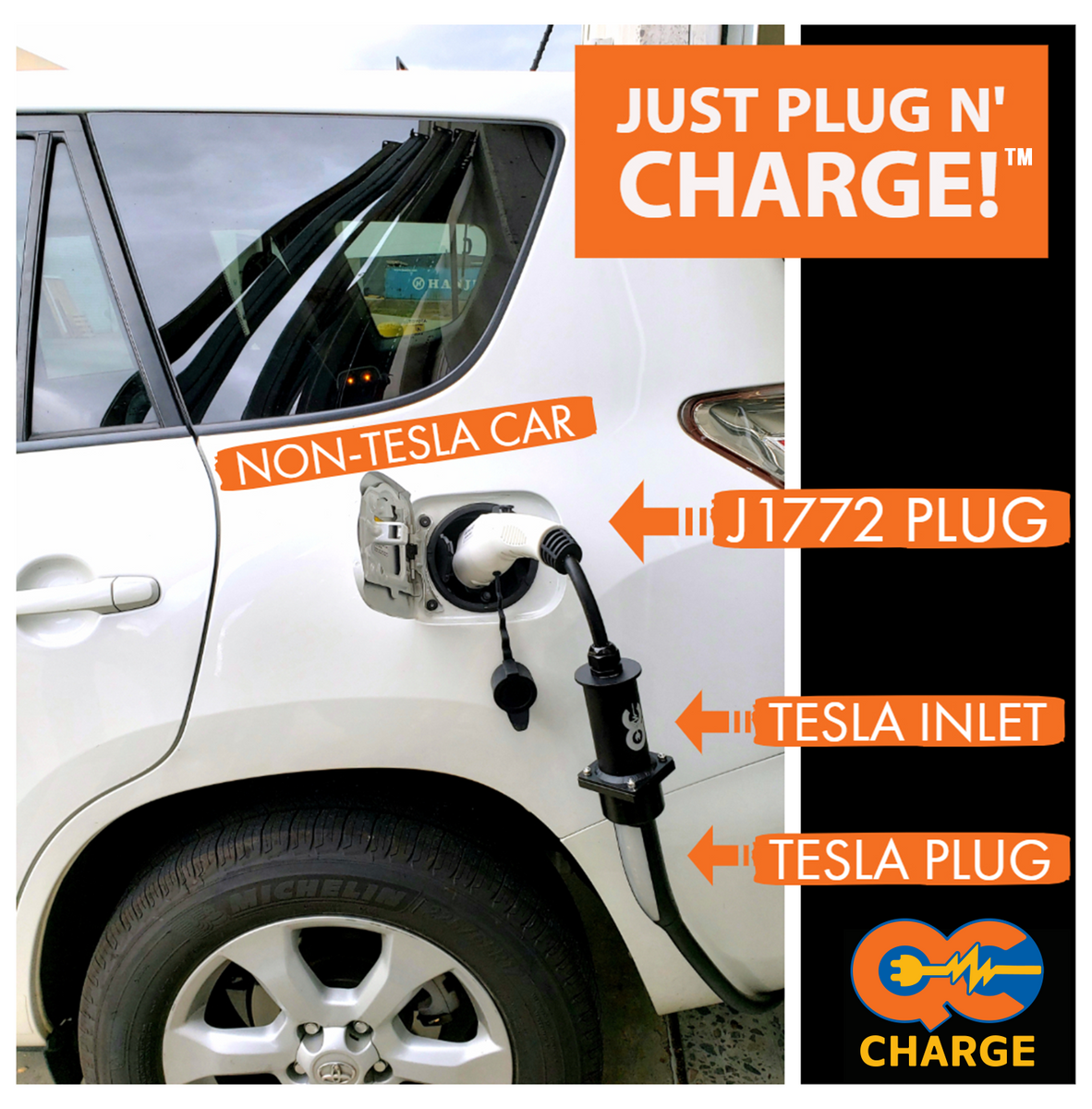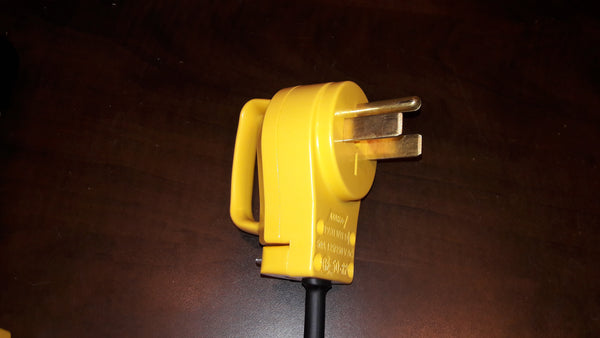I'd like to retire my NEMA 14-50 extension cable. It's too short (15 ft) and too heavy, since it has four 6 gauge wires. It's overkill for charging at dryer outlets at 16A to 24A. So, I'm weighing what to get next. My primary use will be at a NEMA 10-30 dryer outlet, with some occasional NEMA 14-30 dryer outlets. I need just over 25 ft. I usually have a full weekend to charge, so I'd likely do 16A charging regardless of the cable type to be conservative.
Options:
1. NEMA 10-30 50ft extension. $112 Amazon.com
Upside: Cheap, 10 gauge wires, only three conductors, so no wasted weight for a neutral that I'll never use.
Downside: needs an adapter to plug into most common NEMA 14-30 dryer outlets, and likely would send neutral to the NEMA 10-30R, rather than ground. However, on a dedicated 240V circuit that doesn't use 120V ever, is there really a difference between ground and neutral? I can't see one.
2. NEMA 6-20, 50 ft extension. $90 https://www.amazon.com/Parkworld-Extension-6-20P-Female-Adapter/dp/B089QGB674
Upside: Cheaper, I already own the NEMA 6-20 UMC plug. Lightweight. Fast enough charging to get a full charge in 24 hours.
Downside: 12 gauge wires, so have to limit charging to 16A. Not up to code, since 12 gauge is too small for 30A, though the UMC will only pull 16A with the 6-20 plug. However, there are adapters that include 20A breakers, so that should improve the safety of the setup. Amazon.com
3. NEMA 14-30 extension. two 25 ft cables, $70 each,
Upside: direct connection to modern dryers. 10 gauge wires.
Downside: useless neutral wire, more expensive. Hard to find a cable longer than 25 ft.
4. NEMA 6-50 extension. 50 ft $75 Amazon.com
Upside: Cheap because used for welders. Many options available.
Downside: Needs an adapter from both 10-30 and 14-30 to 6-50. Also need to manually dial down the UMC current to 24A, when using the 6-50 UMC plug.
Options:
1. NEMA 10-30 50ft extension. $112 Amazon.com
Upside: Cheap, 10 gauge wires, only three conductors, so no wasted weight for a neutral that I'll never use.
Downside: needs an adapter to plug into most common NEMA 14-30 dryer outlets, and likely would send neutral to the NEMA 10-30R, rather than ground. However, on a dedicated 240V circuit that doesn't use 120V ever, is there really a difference between ground and neutral? I can't see one.
2. NEMA 6-20, 50 ft extension. $90 https://www.amazon.com/Parkworld-Extension-6-20P-Female-Adapter/dp/B089QGB674
Upside: Cheaper, I already own the NEMA 6-20 UMC plug. Lightweight. Fast enough charging to get a full charge in 24 hours.
Downside: 12 gauge wires, so have to limit charging to 16A. Not up to code, since 12 gauge is too small for 30A, though the UMC will only pull 16A with the 6-20 plug. However, there are adapters that include 20A breakers, so that should improve the safety of the setup. Amazon.com
3. NEMA 14-30 extension. two 25 ft cables, $70 each,
Upside: direct connection to modern dryers. 10 gauge wires.
Downside: useless neutral wire, more expensive. Hard to find a cable longer than 25 ft.
4. NEMA 6-50 extension. 50 ft $75 Amazon.com
Upside: Cheap because used for welders. Many options available.
Downside: Needs an adapter from both 10-30 and 14-30 to 6-50. Also need to manually dial down the UMC current to 24A, when using the 6-50 UMC plug.
Last edited:




